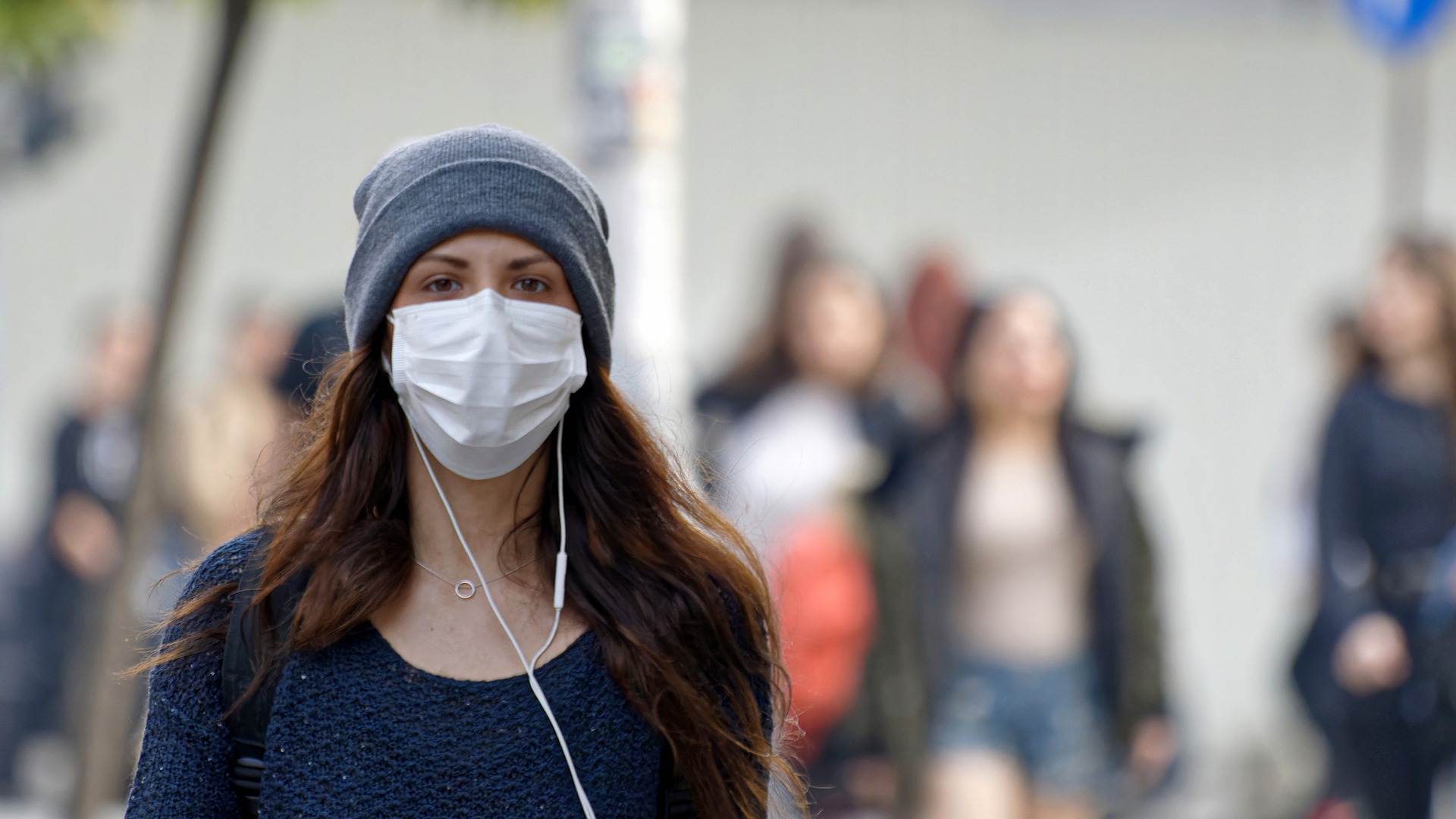Think Pieces
Lessons we can learn from two years of pandemic upheaval

A number of key issues have emerged among the educational centres that make up our collaborative learning community since the beginning of the pandemic.
Throughout the events of the past two years, as the world has been forced to adapt to an ever-shifting soup of rules and regulations and the pandemic has impacted our health and welfare, we have been heartened by the resilience shown by our school systems.
Most schooling is a predictable process, with predetermined periods of learning organised from day to day, term to term and year to year. It follows its own rhythm, in which patterns of behaviour conform to rubrics and are punctuated with rituals that celebrate key moments in time. This approach helps to create a stable and safe environment in which all can learn and thrive. This contrasts harshly to the experience they have had during the pandemic.
Any change to this format is often signalled and responded to over a considerable period of time. A high degree of consensus is sought before change happens. However, as a result of the speed in which measures needed to prevent the spread of the virus had to be introduced the school system was forced to respond to change on a day-to-day basis.
This, coupled with a shift towards homeschooling, opened the fault lines within the system. Sometimes these have been harshly exposed, for example with the difficulty in providing quality support to disadvantaged students which extends to ensure they are fed and equipped. Less overtly but just as significantly was the effect on experienced staff, who were unsettled by a shift to online teaching and left feeling vulnerable as their responsibility to their family members, especially the elderly, increased.
In addition, schools found themselves at the forefront of the interface between the virus and the population, being required to undertake testing and imposing sanctions on students and staff when they tested positive. As the spread of the virus peaked, this resulted in total disruption of the schooling process, with entire year groups sent home to isolate whilst others continued to be taught on-site. Ultimately it led to schools closing their gates to all but the most vulnerable.
This instability also affected the students, with a rise in mental health issues and schools taking more responsibility for the wellbeing of students and staff. Meanwhile, the disproportionate impact of the virus on areas of our communities and other issues worldwide highlighted the need to recognise the diversity of communities. Schools found themselves at the forefront of this movement.
This level of disruption meant it was not possible for students to receive the same quality of teaching and learning as in previous years. So to reflect this, the criteria for public examinations was adapted. Teacher assessment played a bigger role, which resulted in an increase in pass rates and with it a worrying increase in the gap between those students from disadvantaged backgrounds and the rest.
Not all that has emerged from these extremely challenging circumstances has been negative. In our articles we have highlighted:
- The critical leadership role that schools play in their communities in times of unprecedented upheaval.
- The willingness of schools to share experiences and solutions with each other.
- The sense that we are all in this together strengthening relationships.
- The wider role schools play in society, particularly in social justice and mental and physical health.
- The improvement of levels of communication between all involved.
- The key part schools play in role modelling, socialisation, maturation and friendship building among young people.
- The unprecedented opportunity for schools to develop their use of information technology to support learning and to realise it is not a panacea but used wisely can play a significant role in children’s education.
- The opportunity to develop creative solutions to learning beyond the classroom.
Now, as we hope the cloud of the pandemic lifts, we are sure that the resilience and creativity our communities have shown over the past two years will continue into the future.
This article is the first in a series we have prepared to coincide with our invitation to speak at the Horasis USA: Pandemic Impact on US and Global Education Panel. March 4th 12.30-13.15 US ET.
The other panel members include:
- Aditya Jha, Chairman, POA Educational Foundation, Canada
- Michele Notari, Professor, Bern University of Teacher Education, Switzerland
- Vaira Vike-Freiberga, Former President of Latvia
The panel is chaired by André G. Shearer, Chairman, Indaba Foundation, USA
In our second article we present the evidence of how the response to the pandemic in education has affected practice. We have used the theory of action to frame our response.
The third article looks at how the health service responded to the pandemic and considers what we might learn from this for how innovation is handled in education.
Take care and stay safe
George
